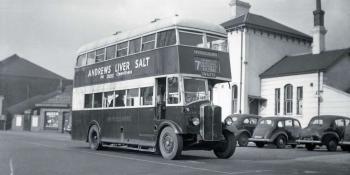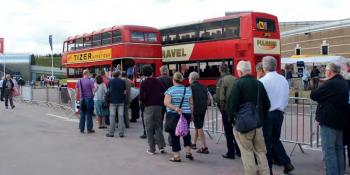ALAN MILLAR describes some of the huge changes that have changed the appearance, size, layout and function of coaches in the 75 years since Buses Illustrated was first published
The huge changes in coach design since 1949 — from a 7.4m Bedford OB workhorse with 84hp petrol engine to a 15m double-decker with 450hp diesel — have mirrored the changes in how people travel.
What worked in the age before motorways when there was a 30mph speed limit, car ownership was low, most workers’ paid holidays were no more than two weeks a year and most holidays were taken in Britain, often at coastal resorts, is no longer appropriate. Express coach services link different destinations, demand has grown for longer distance leisure travel into Europe and expectations of on-board facilities and comfort are higher.
Today’s coaches may not look much like their early postwar counterparts, but one quality they share is that they are designed to have visual appeal. They are consumer objects for people to desire.
The coaches that most operators bought in 1949, just like the buses, were little changed from ten years before. They fell into two broad categories: petrol-engined normal control vehicles with fewer than 30 seats …




